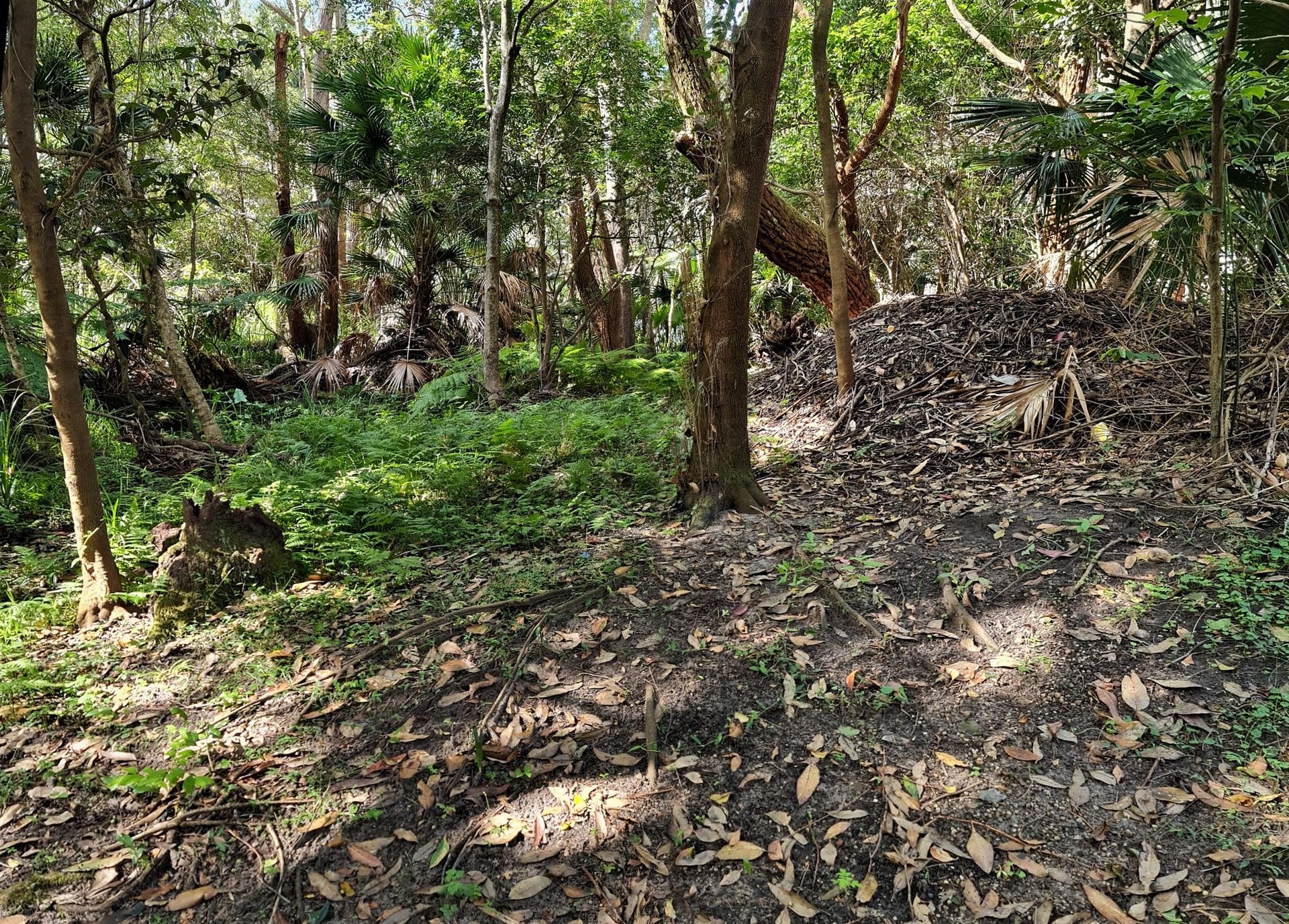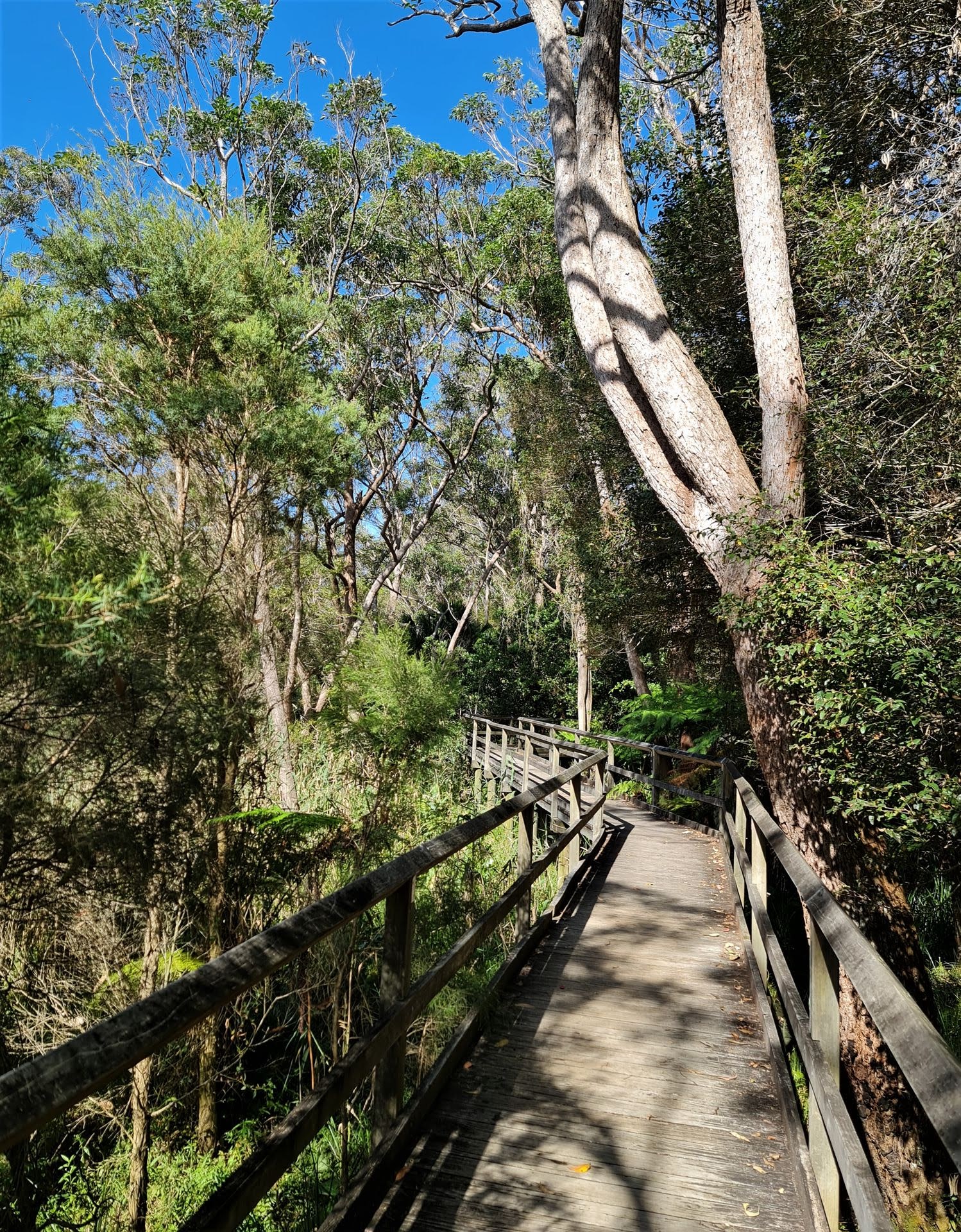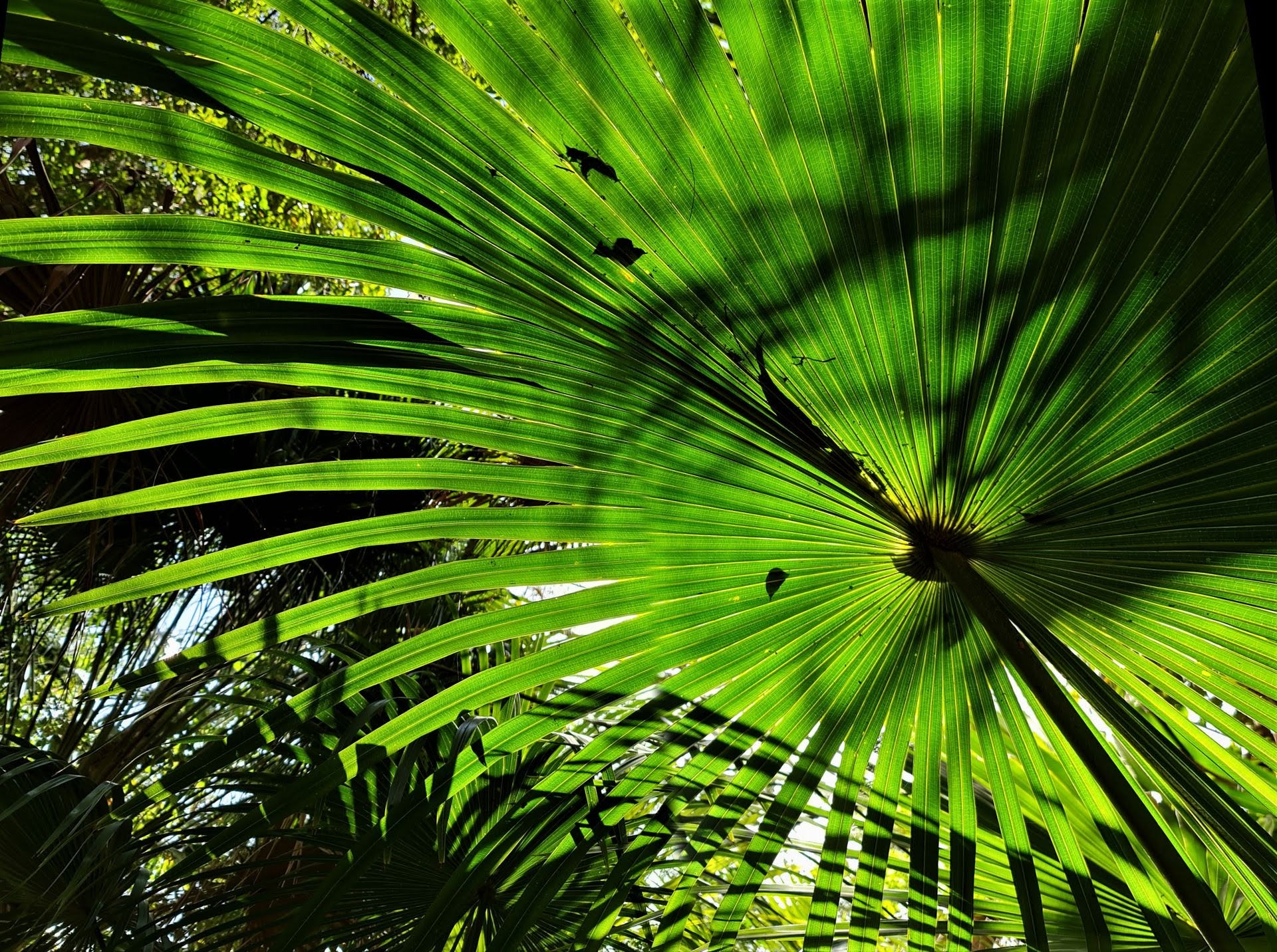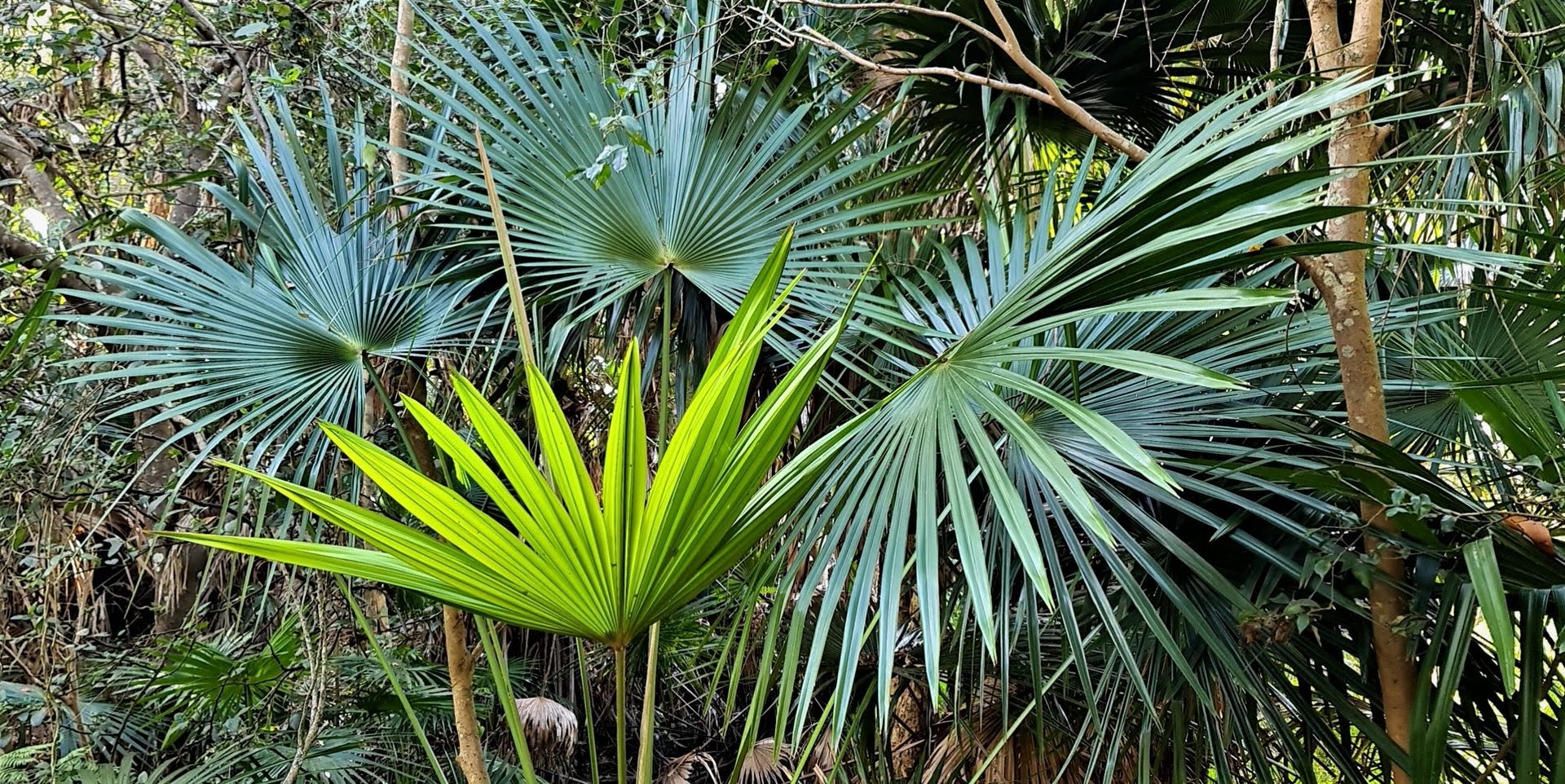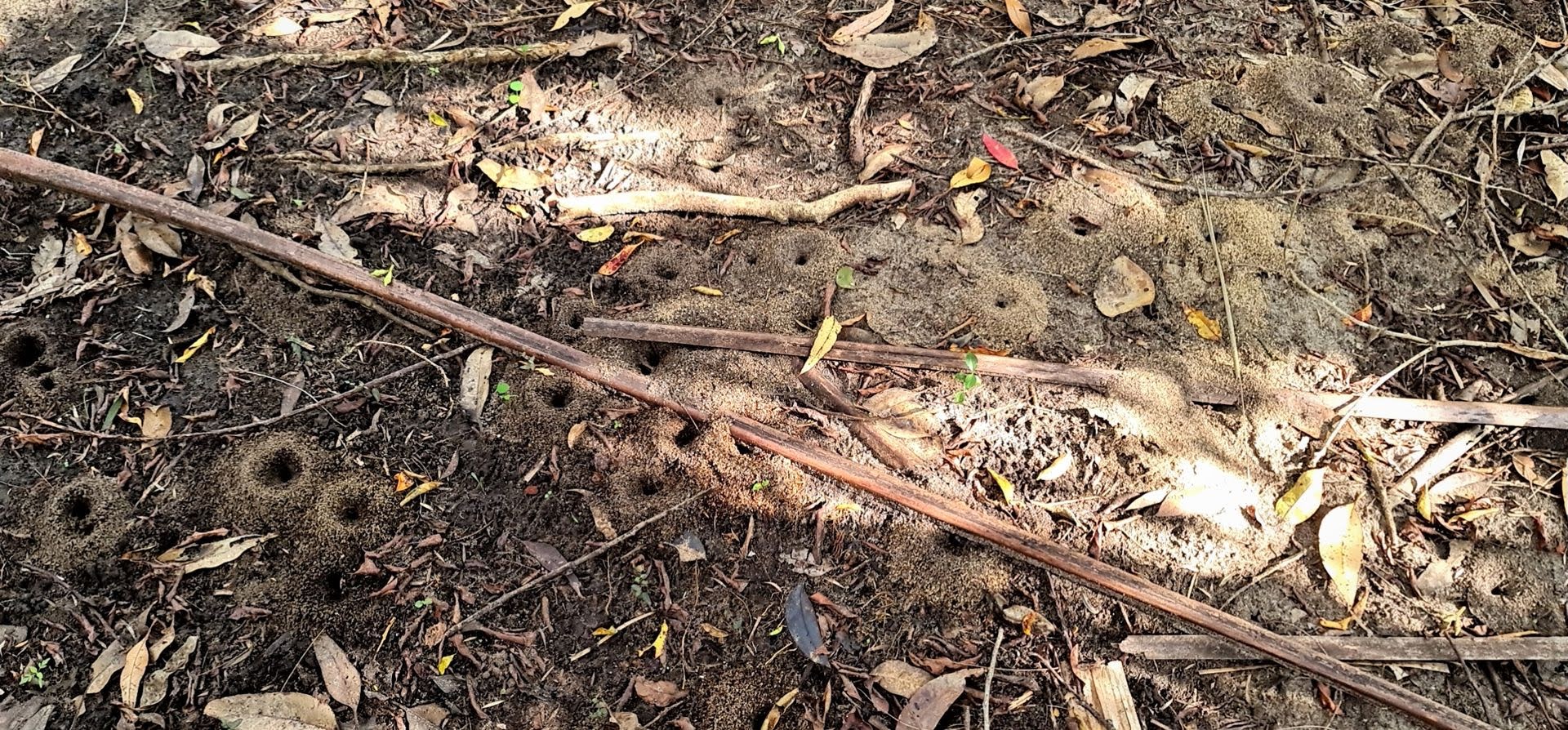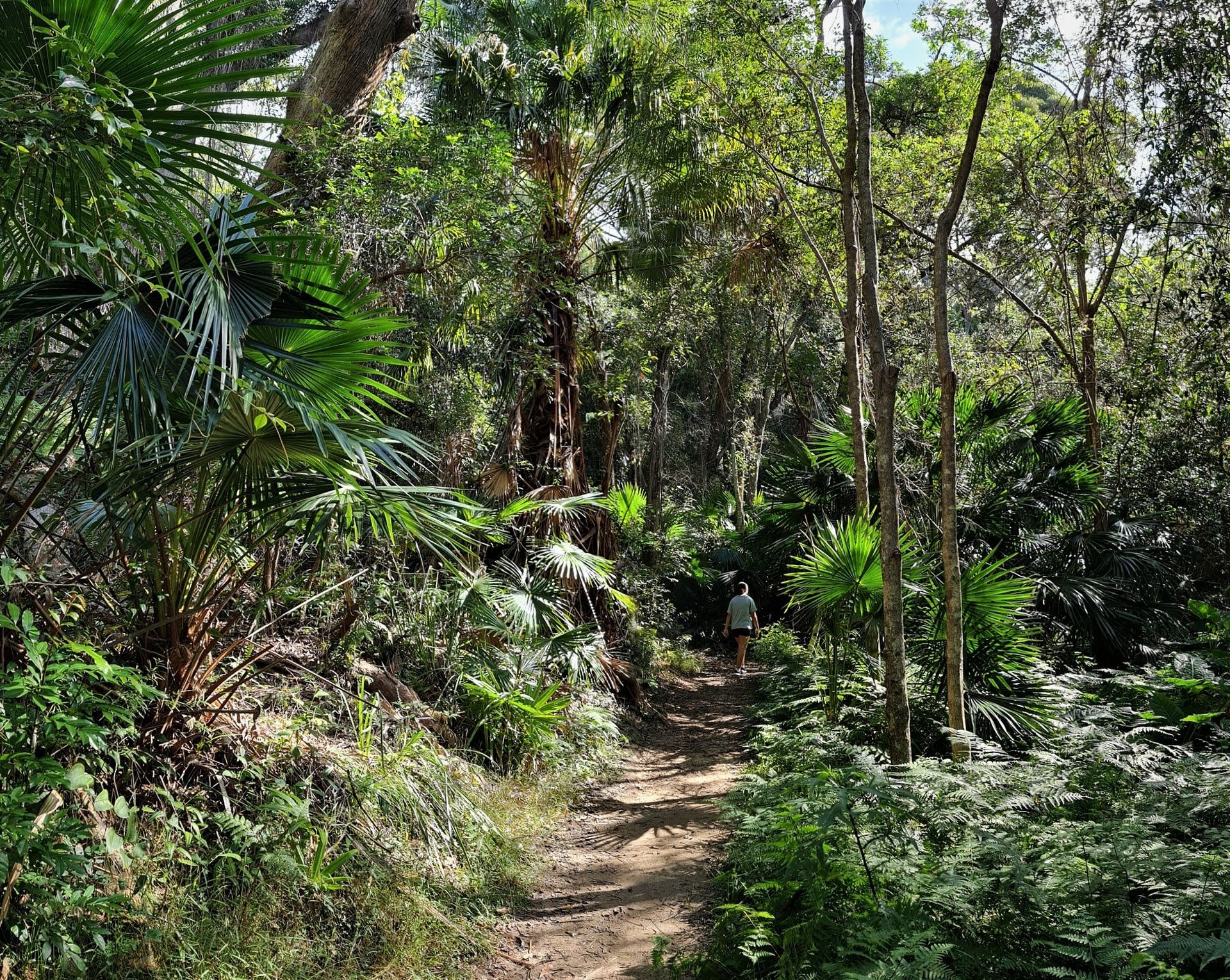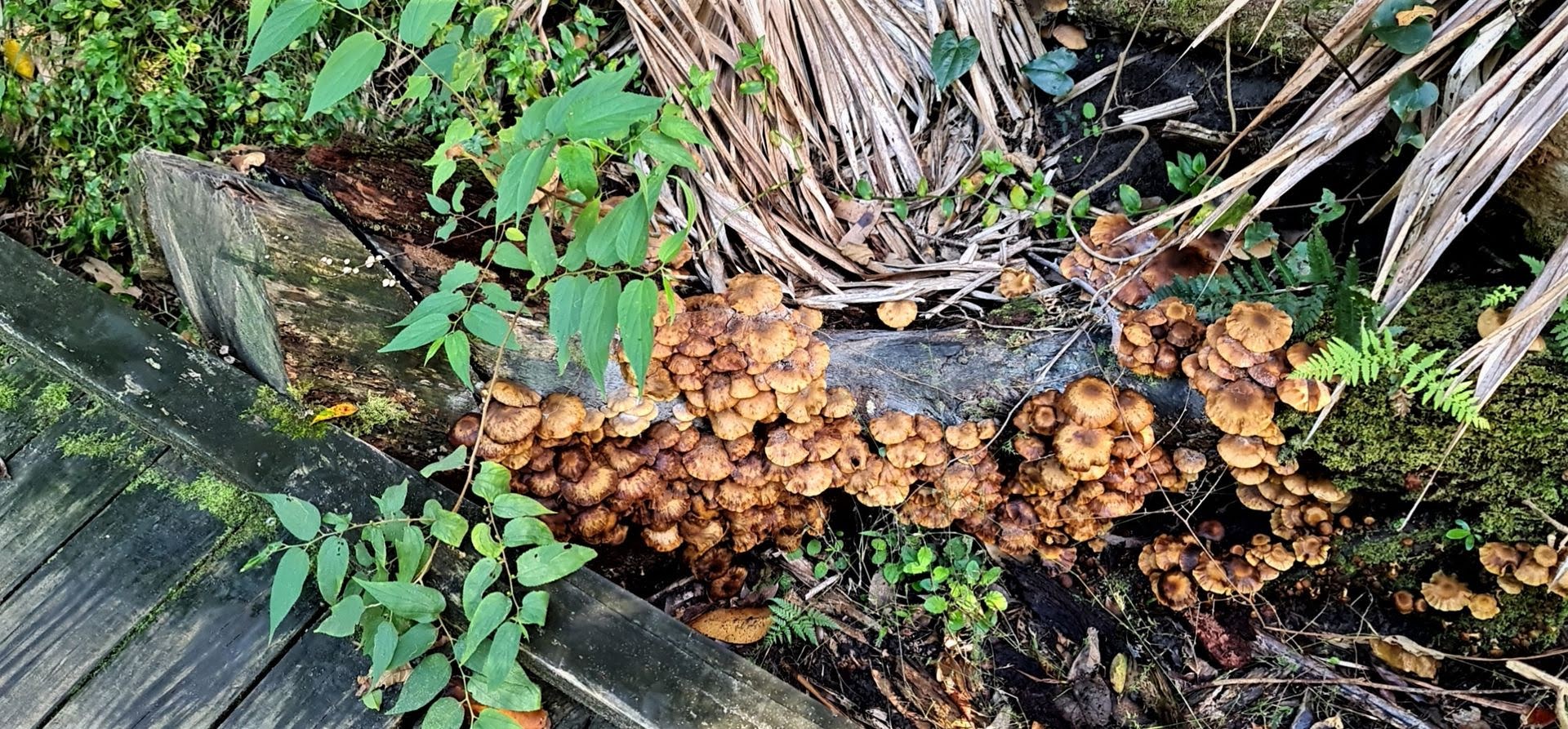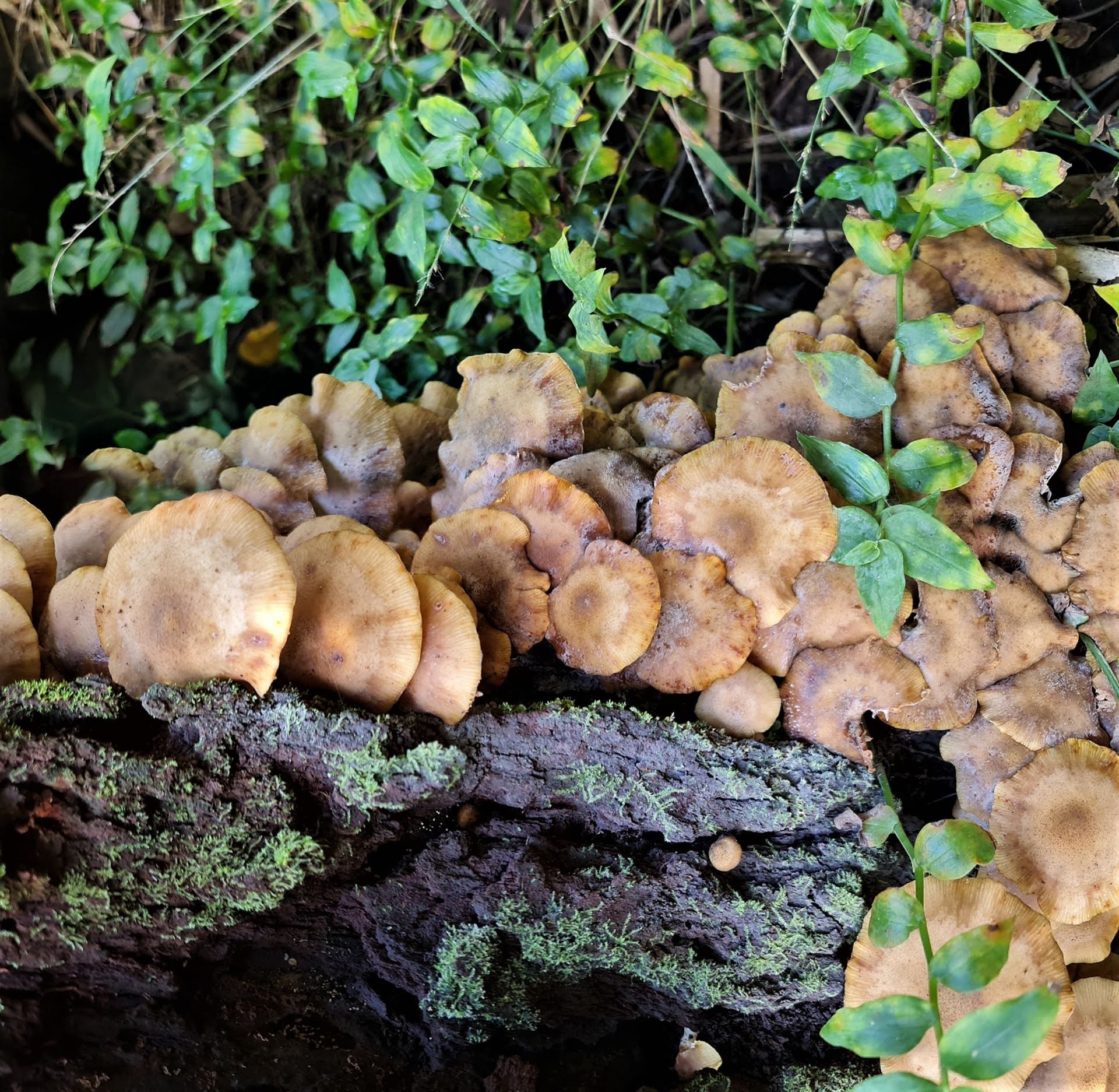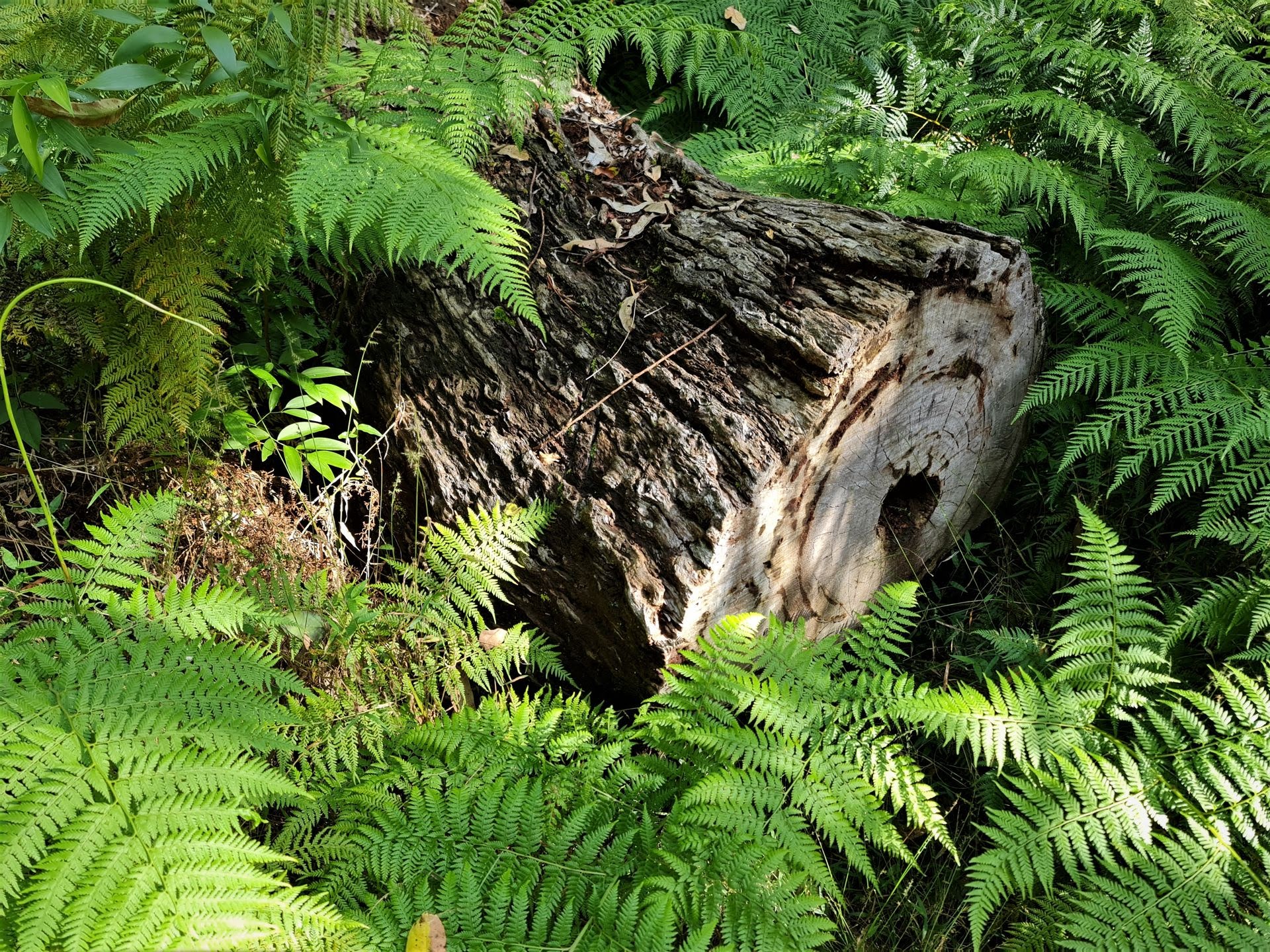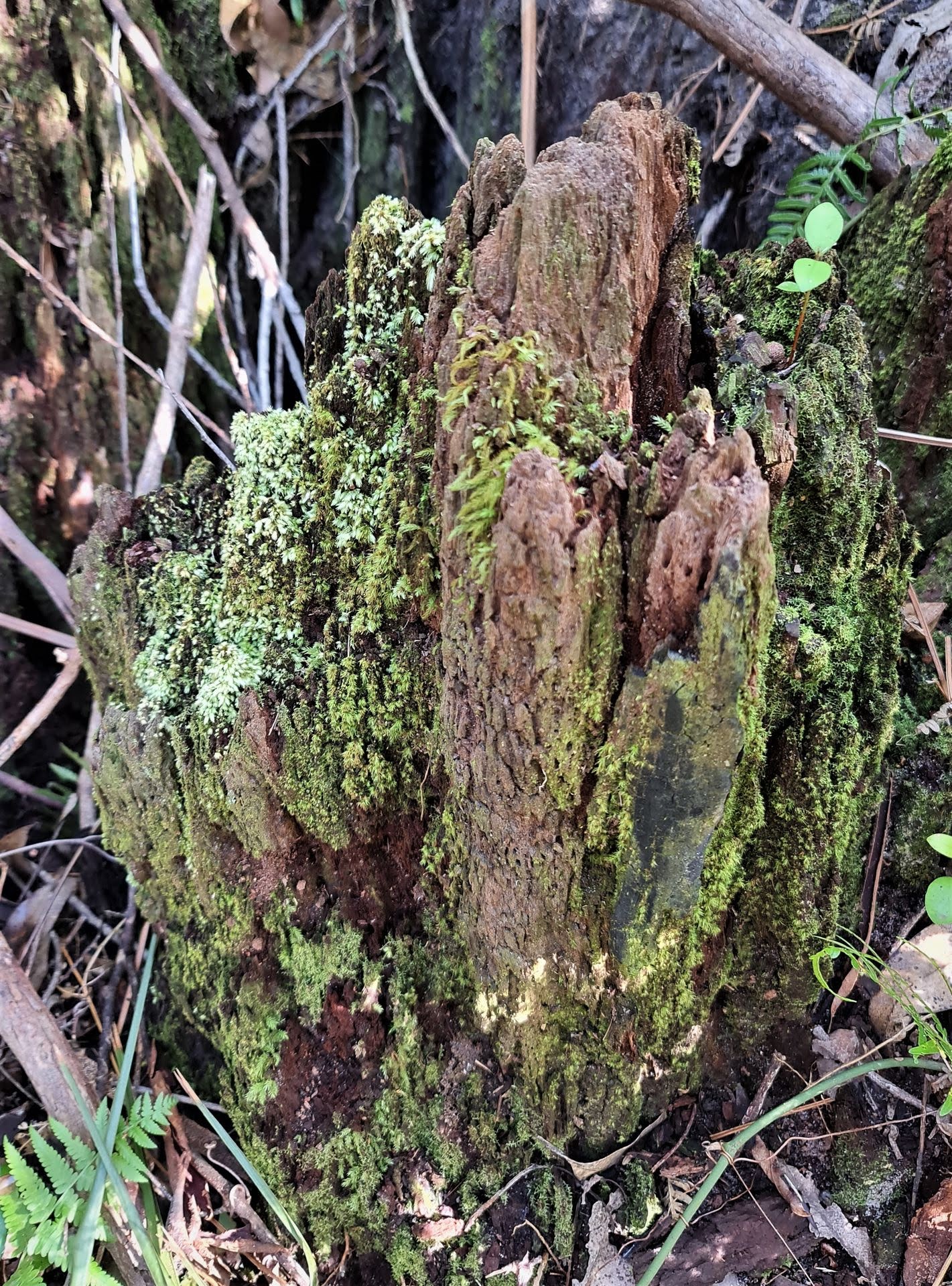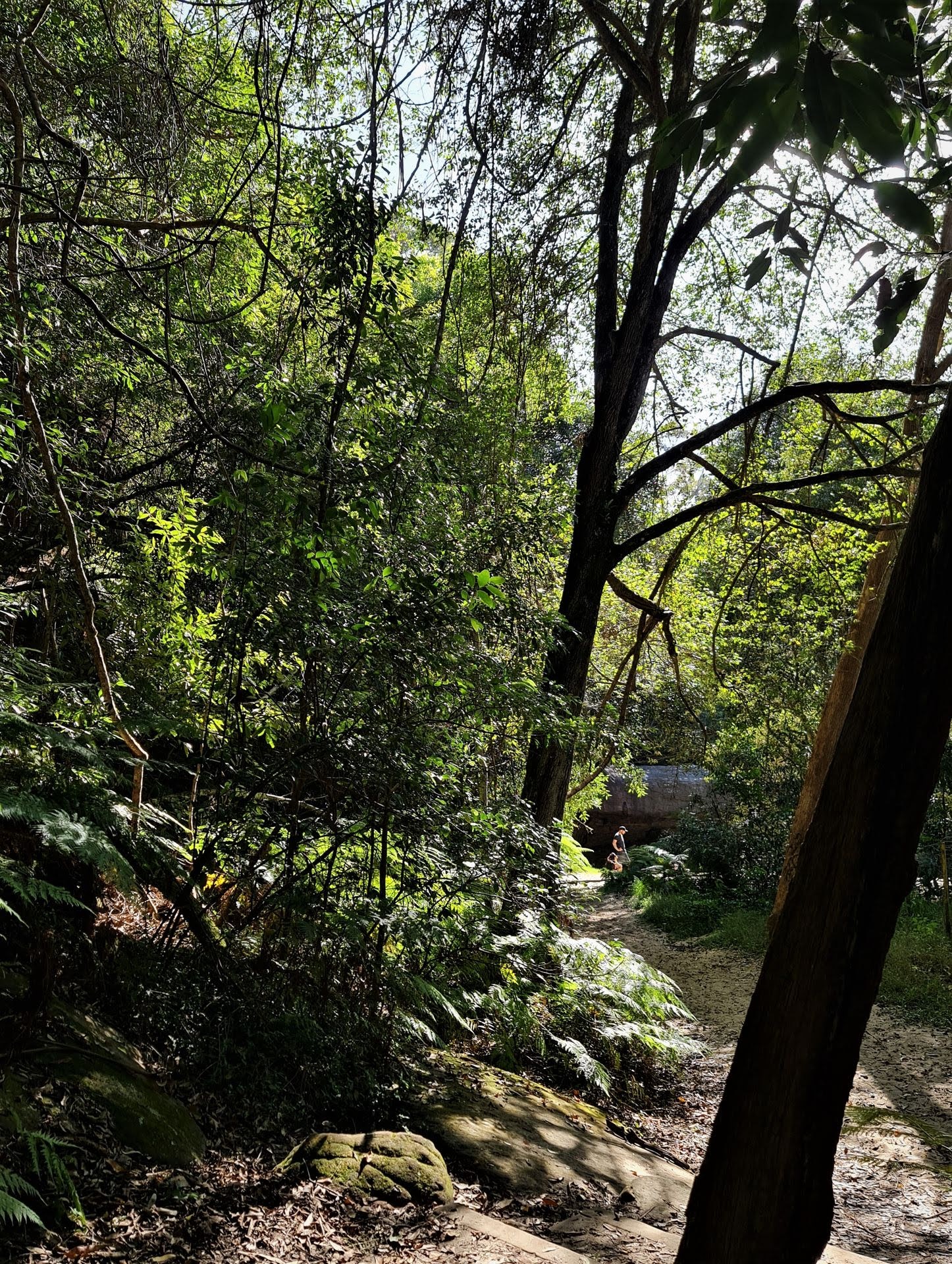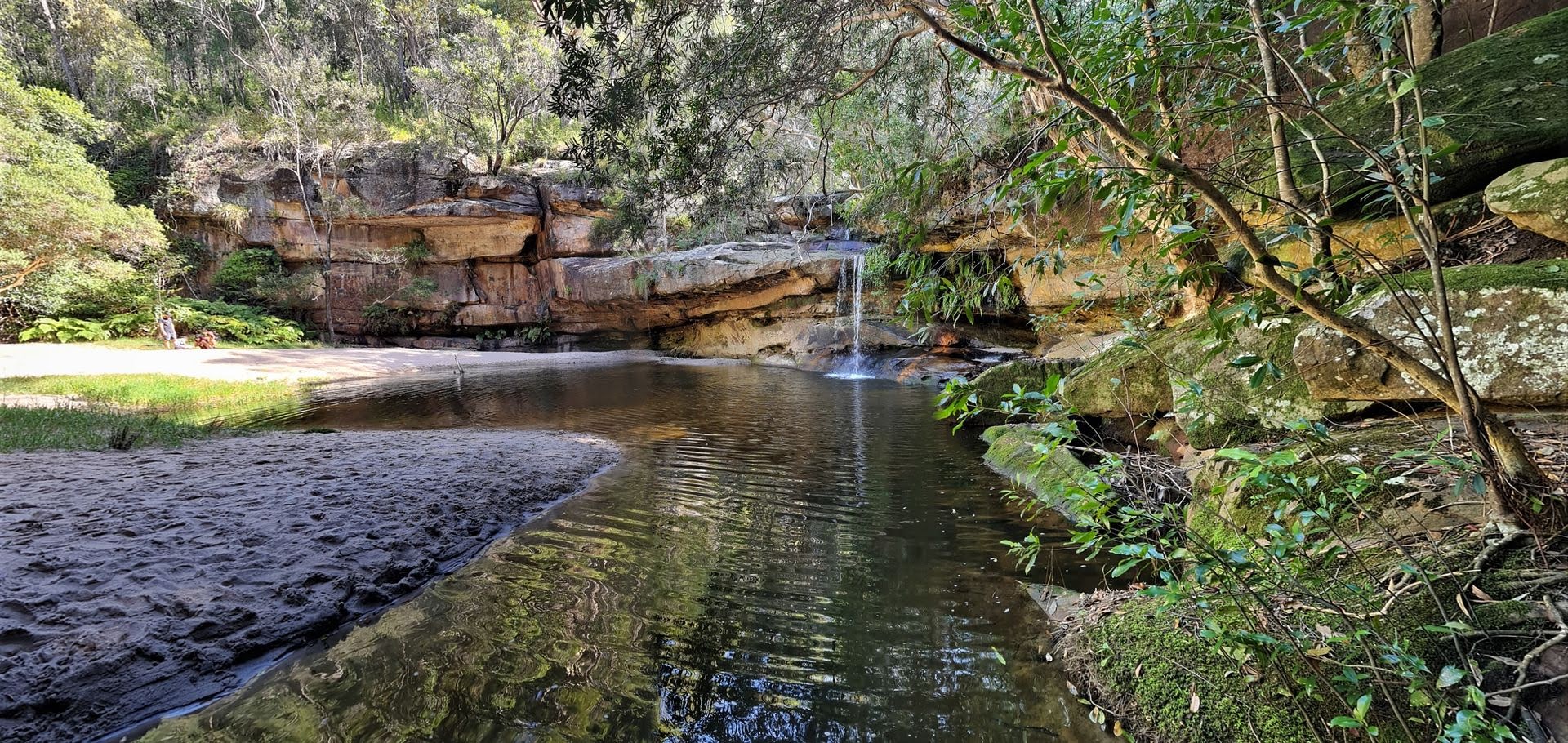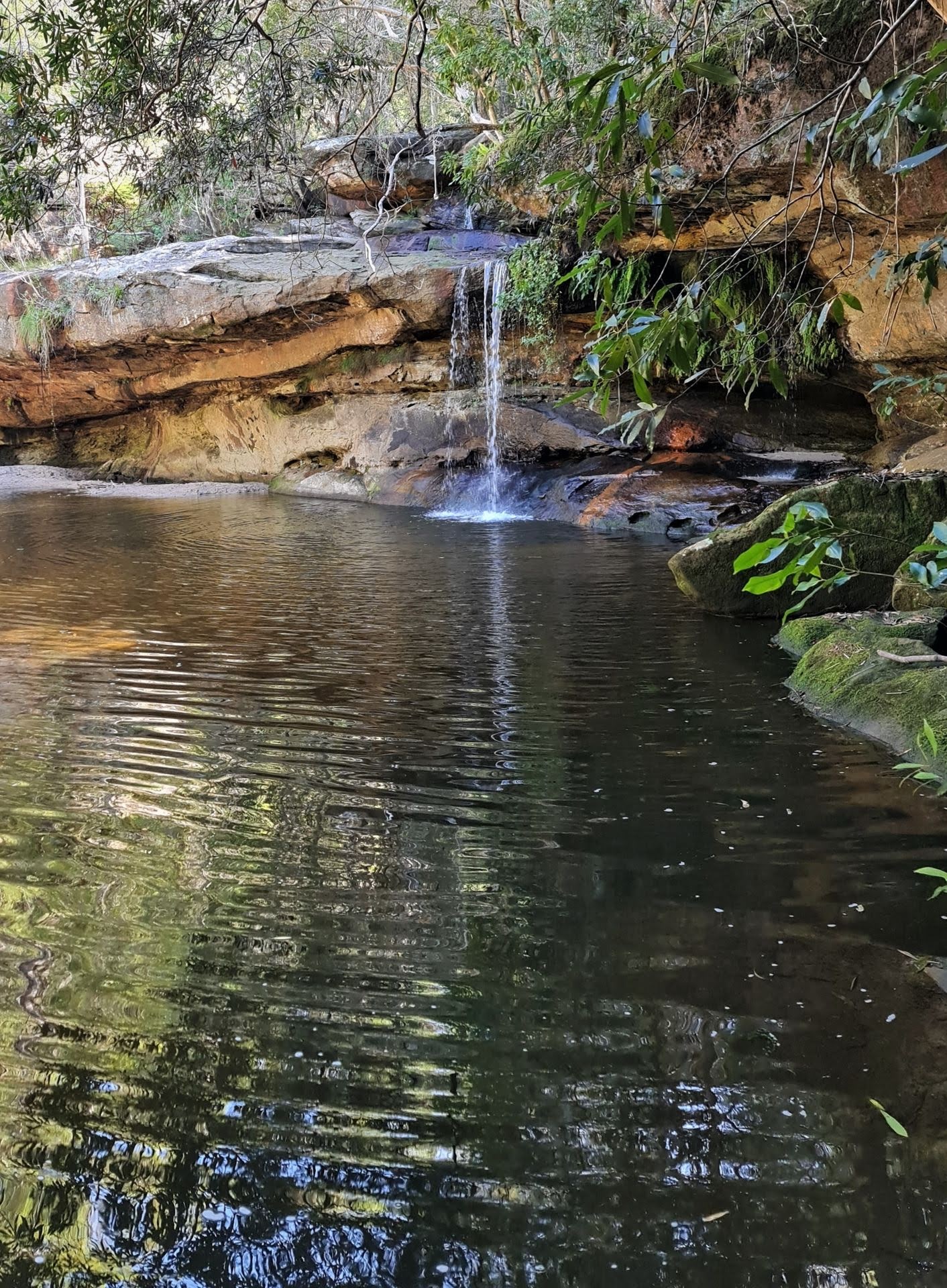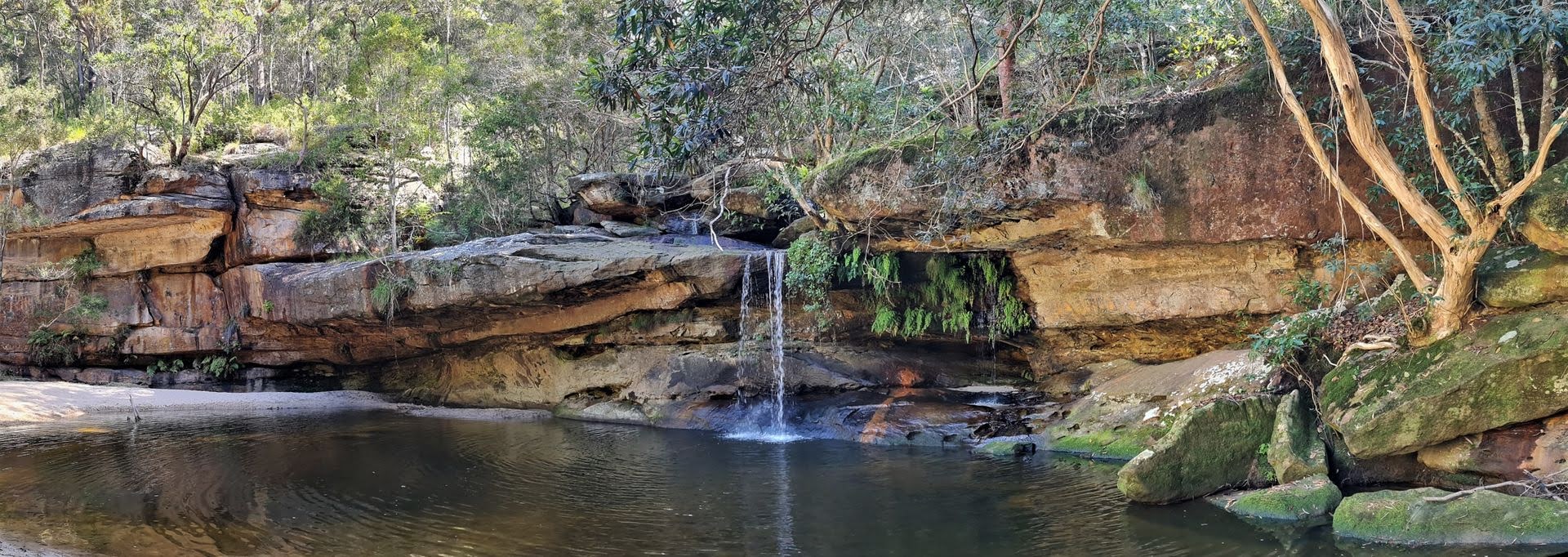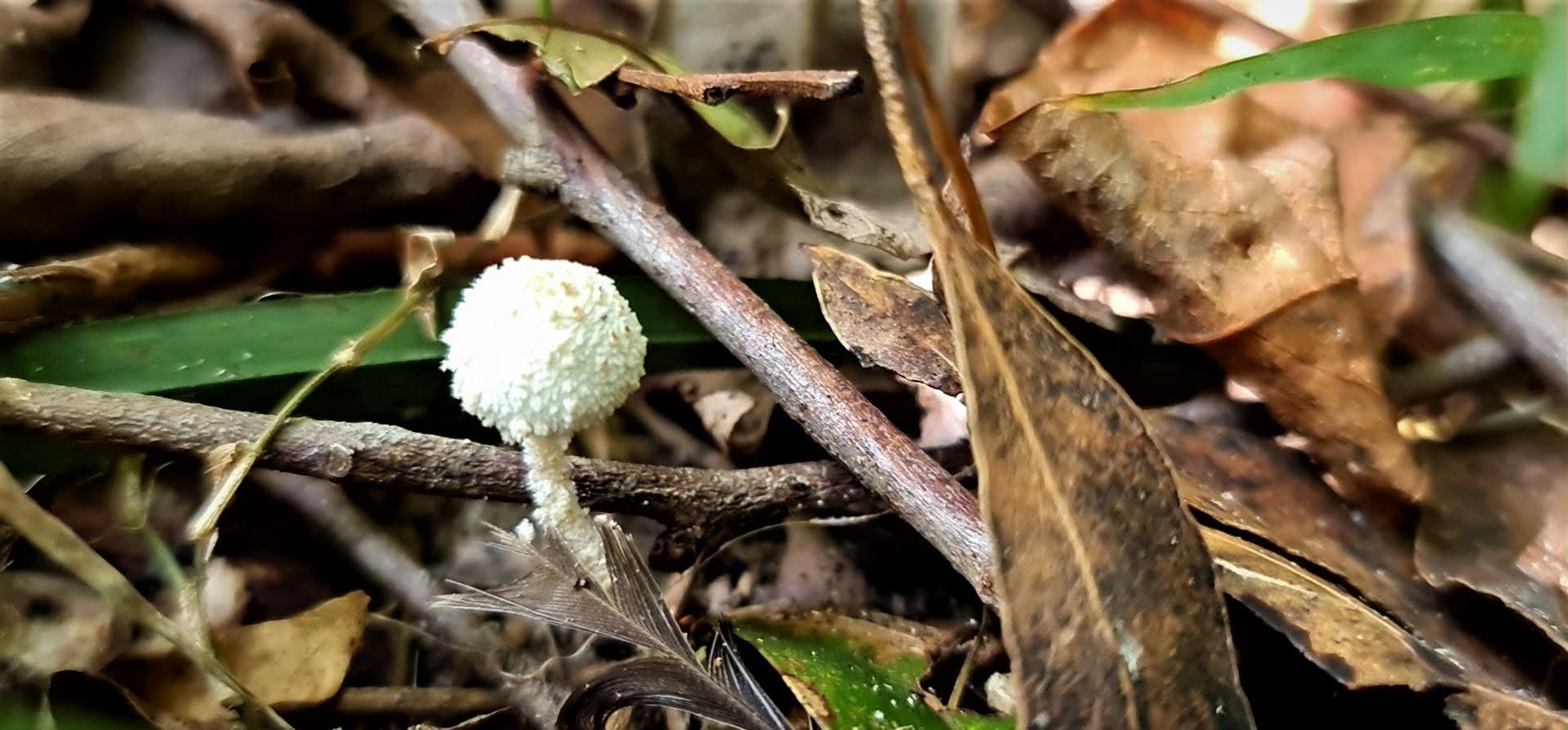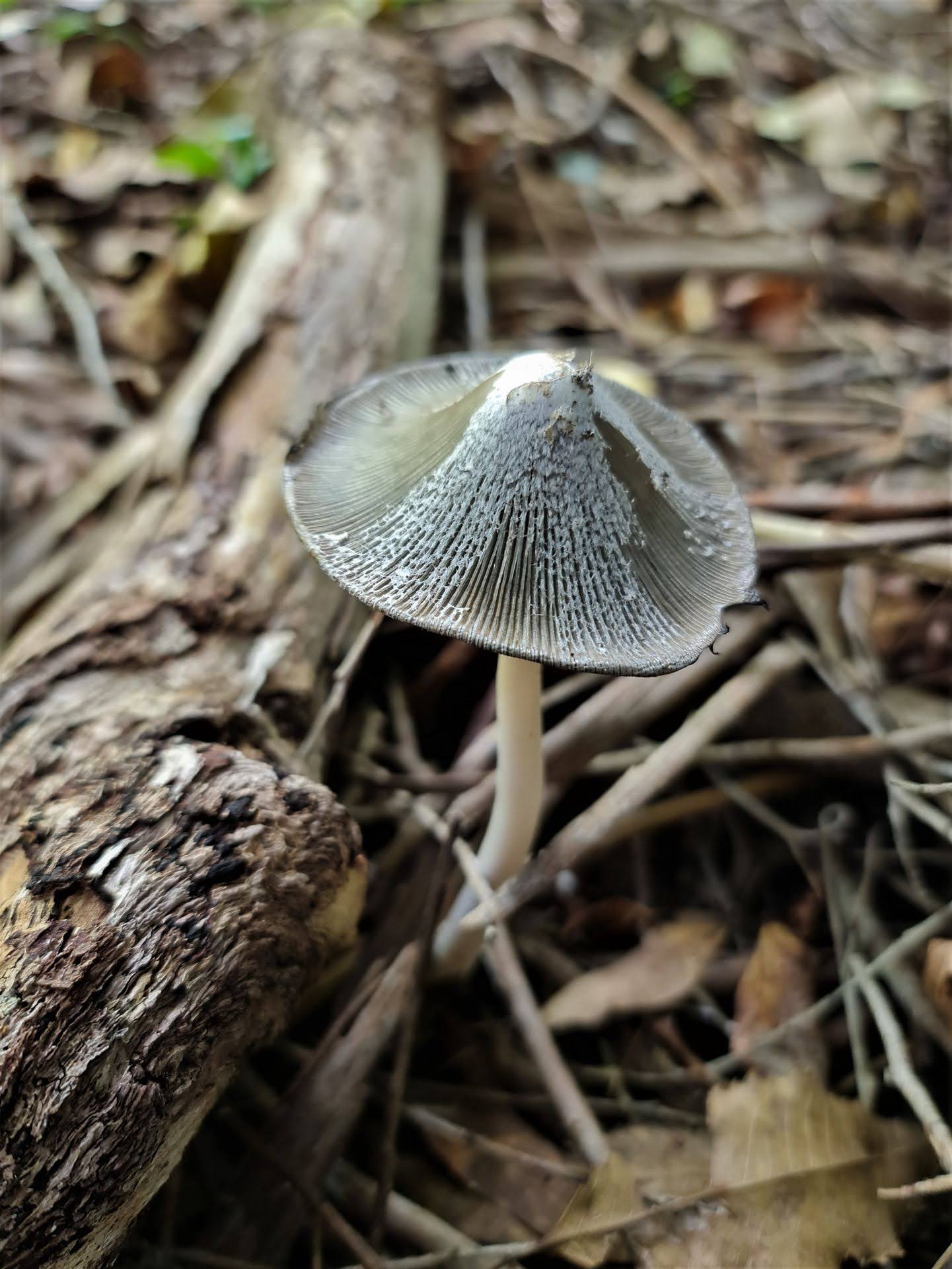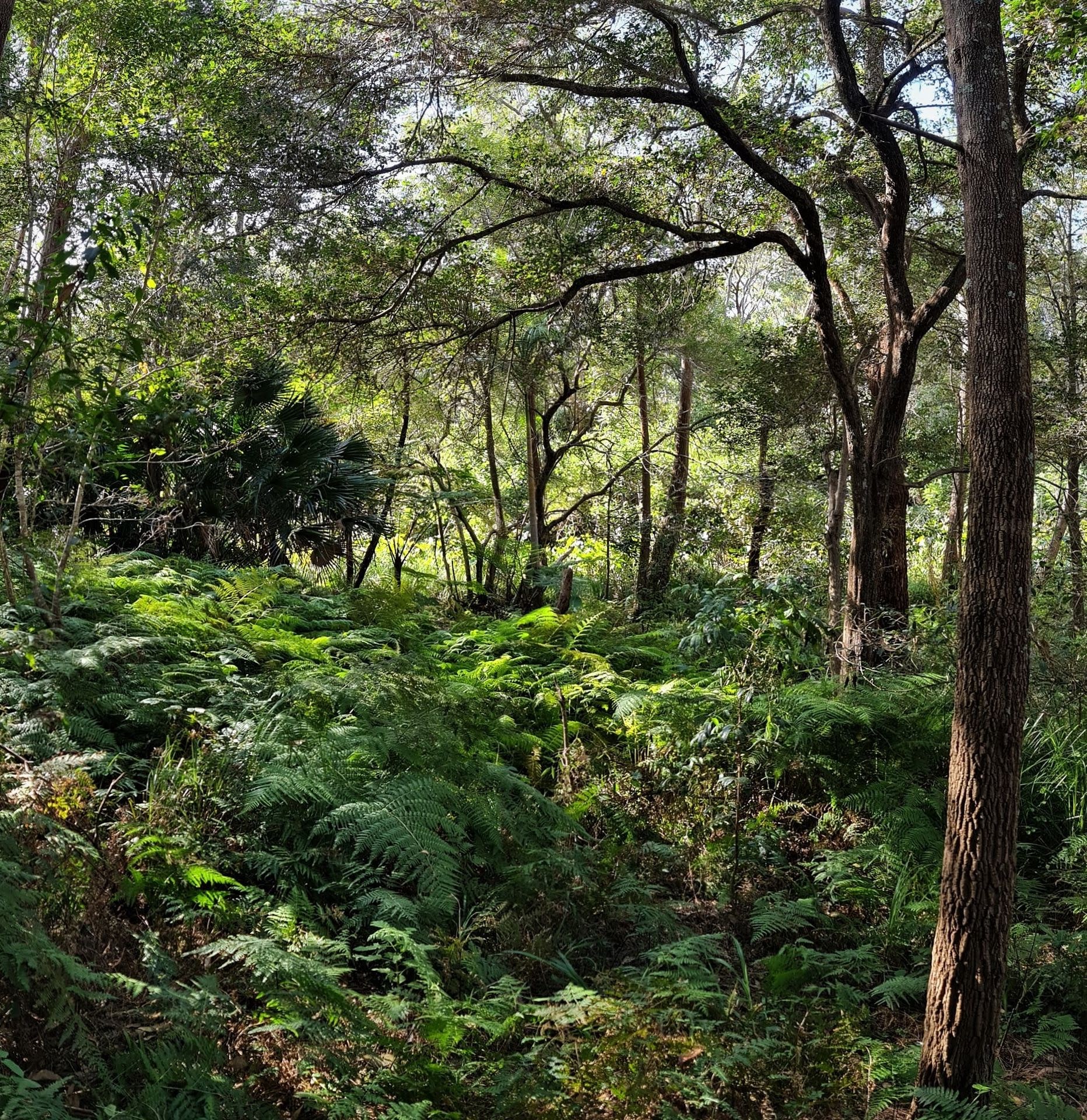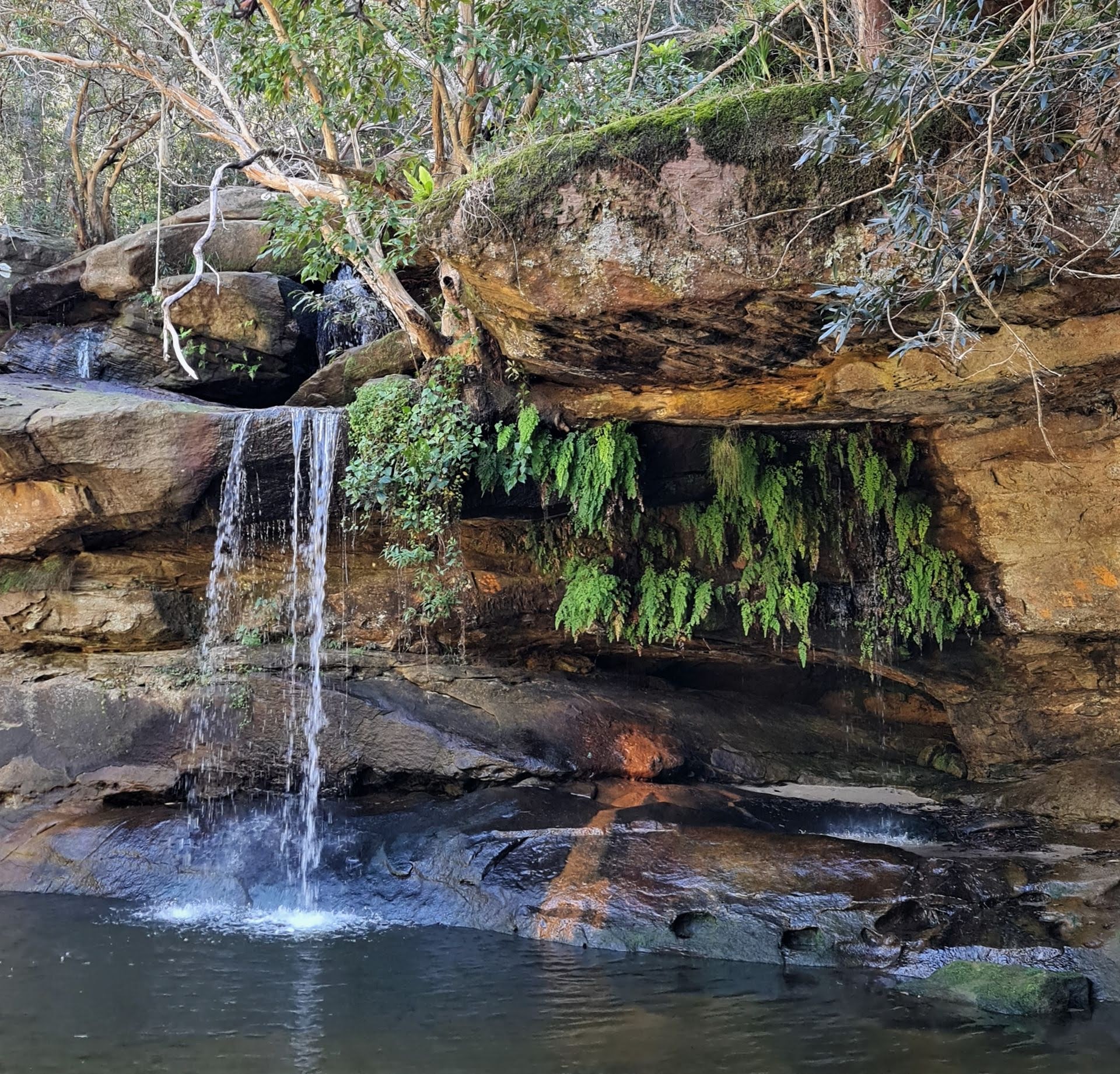Irrawong Reserve, Warriewood - A Late Autumn Stroll 2023
photos by Joe Mills
taken April 25, 2023
Irrawong Reserve is an area of remnant bushland in the Warriewood/Ingleside area, at the southern end of the Warriewood Valley. The Reserve is approximately 4.45 hectares in area and located within the flood plain of Mullet Creek, forming the upper reaches of the same system as the Warriewood Wetlands.
The Reserve contains the largest remaining stand of Swamp Mahogany (Eucalyptus robusta) in the Sydney region. The Reserve contains a portion of a larger rainforest vegetation community with the Rare or Threatened Australian Plant (ROTAP) Syzygium paniculatum listed as Vulnerable on Schedule 2 of the Threatened Species Conservation Act, 1995. The reserve provides an important wildlife corridor linking the open forest, tall open forest, woodland and heath habitats of the Ingleside escarpment, linking Garigal and Ku-ring-gai National Parks to the coastal wetland habitats of the Warriewood Wetlands;
Irrawong Reseve supports a wide diversity of fauna species in the context of urban bushland in the Sydney region and is a significant coastal wetland habitat for resident and migratory birds. It is used by a number of institutions such as the University of New South Wales and Macquarie University as a site for scientific research and education; and is used as an open air classroom by schools and community groups.
The reserve is within the flood plain of Mullet Creek and hence is important as a control on local flooding.
The vegetation understorey has been disturbed and shows a high degree of weed invasion. Bush regeneration work has been carried out in the Reserve for a number of years and continuation of the rehabilitation work is required if the bushland integrity is to be maintained.
Irrawong Reserve is considered to be an area essential for the retention of significant fauna populations and must, therefore, be conserved. The Reserve provides habitat for birds, reptiles, amphibians, fish, insects and mammals such as flying-foxes and possums, and Swamp Mahogany is a favoured food tree species of the Koala in the Sydney region.
The original inhabitants of the Reserve were aboriginal people who lived in the area for several thousand years prior to European occupation. The local aboriginals were part of the Guringai group who inhabited the land between Port Jackson and Broken Bay.
Shortly after the arrival of the first fleet, the Narrabeen and Pittwater area began to be explored and the first land grant to a European in the Warriewood area was made to James Jenkins in 1824. It consisted of 100 acres, a further 250 acres adjoining this was granted to Mr Jenkins in 1825. Correspondence in 1829 between Mr Jenkins and the Colonial Secretaries office records that Mr Jenkins possessed 440 head of horned cattle and 14 horses. He states that he had cleared 17 acres of land, installed fences and built a weather board dwelling.
Irrawong Reserve is identified as Crown Reserve 91364 for Public Recreation on January 19th 1979. Prior to this it was known as Crown Reserve 29375, notified on May 20th 1899, for Water Supply. Irrawong Reserve is Crown land owned by current day NSW Dept. of Planning. Council is responsible for the care, control and management of Irrawong Reserve.
Warringah Shire Council was proclaimed a Shire on 6 March 1906. In the same year a major subdivision of the Warriewood area occurred - the name stemming from the then owners of the bulk of th eland for sale, the Macpherson family. The area was mostly subdivided into small farm blocks. The sales brochure for this development reveals a great deal of information on the character of Warriewood at this time;
"All farm blocks are situated in a sheltered vale, intersected by Narrabeen and Fern creeks, being protected from the winds.
"The soil is very rich, black, deep, slightly sandy loam, of the kind so prized by Nurserymen, and easily worked. The estate being so handy to the city by a first-class road, growers can take their own produce to market, thereby saving all freight and agency charges."
"Fine timber, including Ironbark, Grey Gum, Turpentine, Mahogany, Forest Oak and others are available in plenty for building, fencing, firewood, and other purposes."
Visit:
- The Macphersons of Wharriewood and Narrabeen: the photo albums of William Joseph Macpherson
- Pittwater Roads II: Where the Streets Have Your name - Warriewood
- A History Of The Campaign For Preservation Of The Warriewood Escarpment by Angus Gordon and David Palmer
- The Fern Creek - Ingleside Escarpment To Warriewood Walk + Some History + The Local Government Act Sections and POM That Protect This Place photos by Joe Mills, Winter 2021
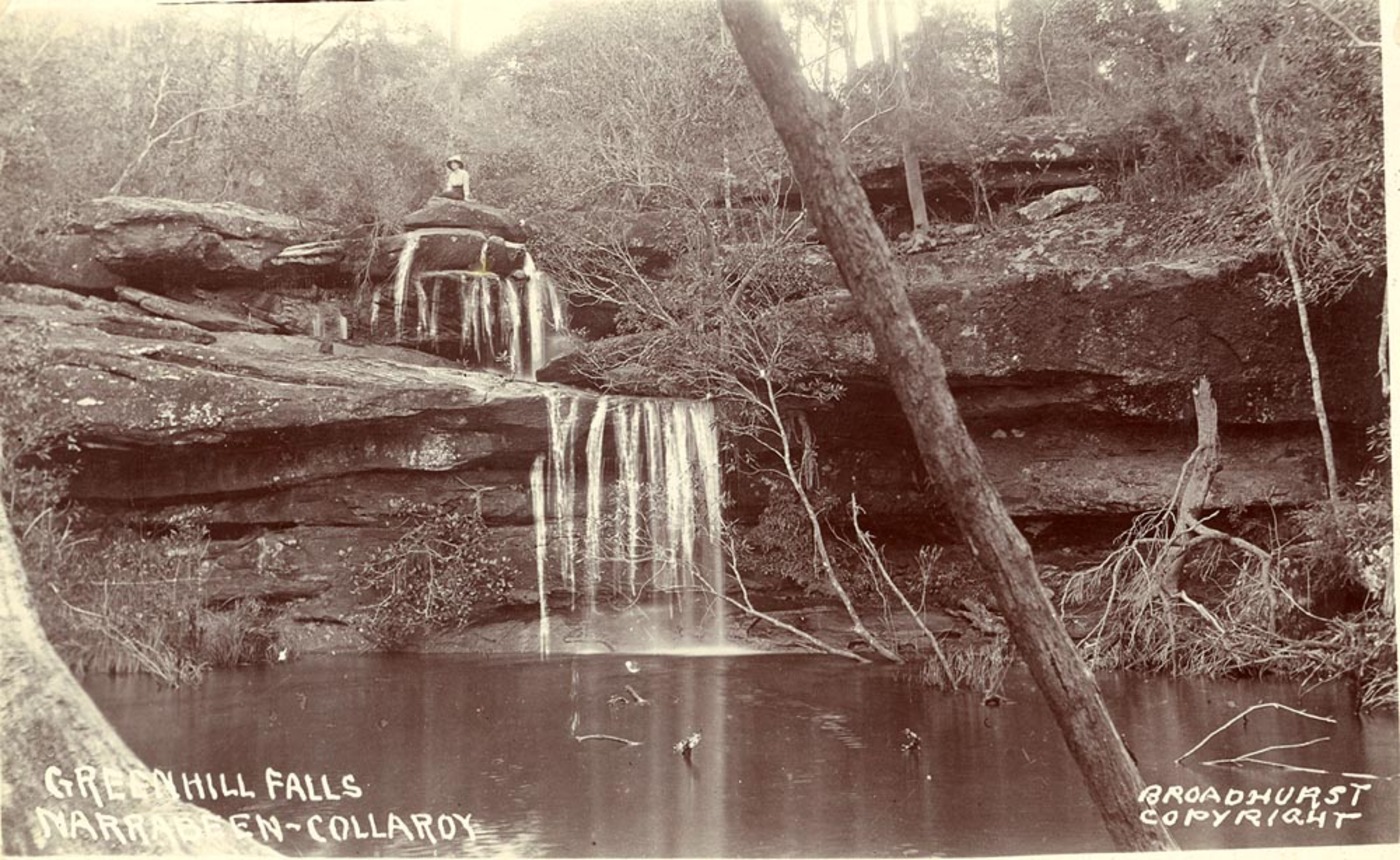
Green Hill Falls, Narrabeen-Collaroy, Image no: a106059h, courtesy the State Library of New South Wales.
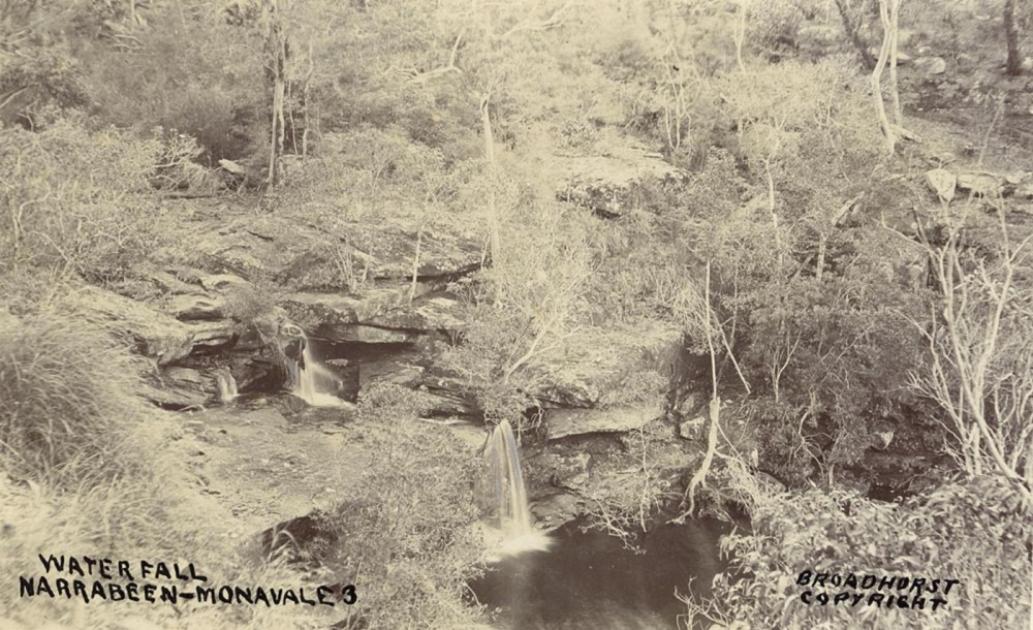
Waterfall Narrabeen - Mona Vale Image No.: .a106060h from Scenes of Narrabeen Album, ca. 1900-1927, Sydney & Ashfield : Broadhurst Post Card Publishers - courtesy The Mitchell Library, State Library of Australia
After this subdivision market gardening became established in the area. However, it did not develop on a large scale until the 1920's and 1930's, when Warriewood valley became known as "glass city" due to the large expanses of glass houses. Market gardening continued to grow until the 1950's, becoming one of the largest tomato growing areas in Sydney.
By the 1960's the decline of market gardening was apparent from the degradation of the farmland and the glass houses. Community pressure to re-zone rural areas to allow urban development increased and further residential development occurred in the areas adjacent to and surrounding Irrawong Reserve.
These photos were taken by Joe Mills after Anzac Day services this year and provide a short visual stroll for those in need of a breath of fresh air. Thank you Joe!
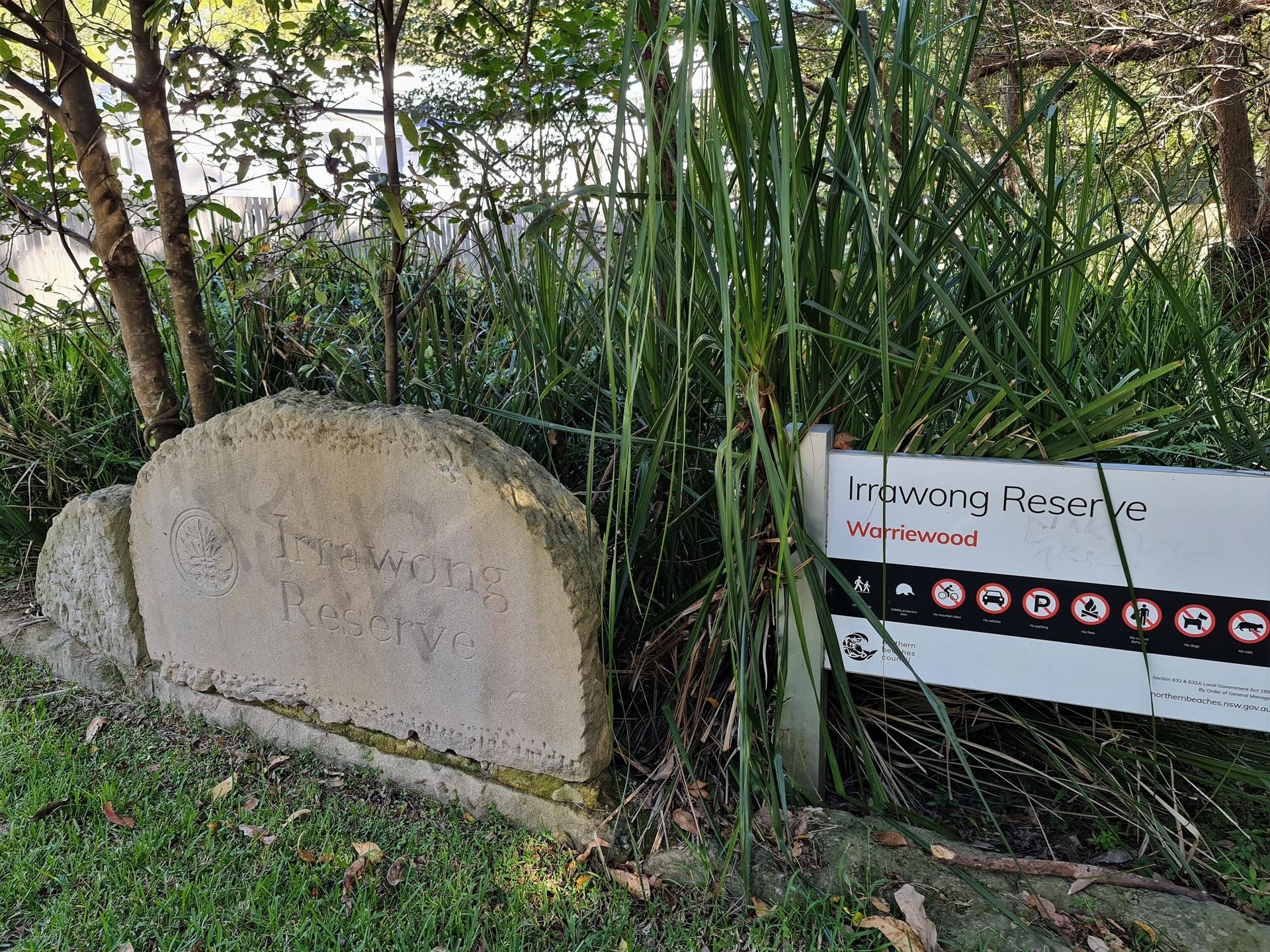
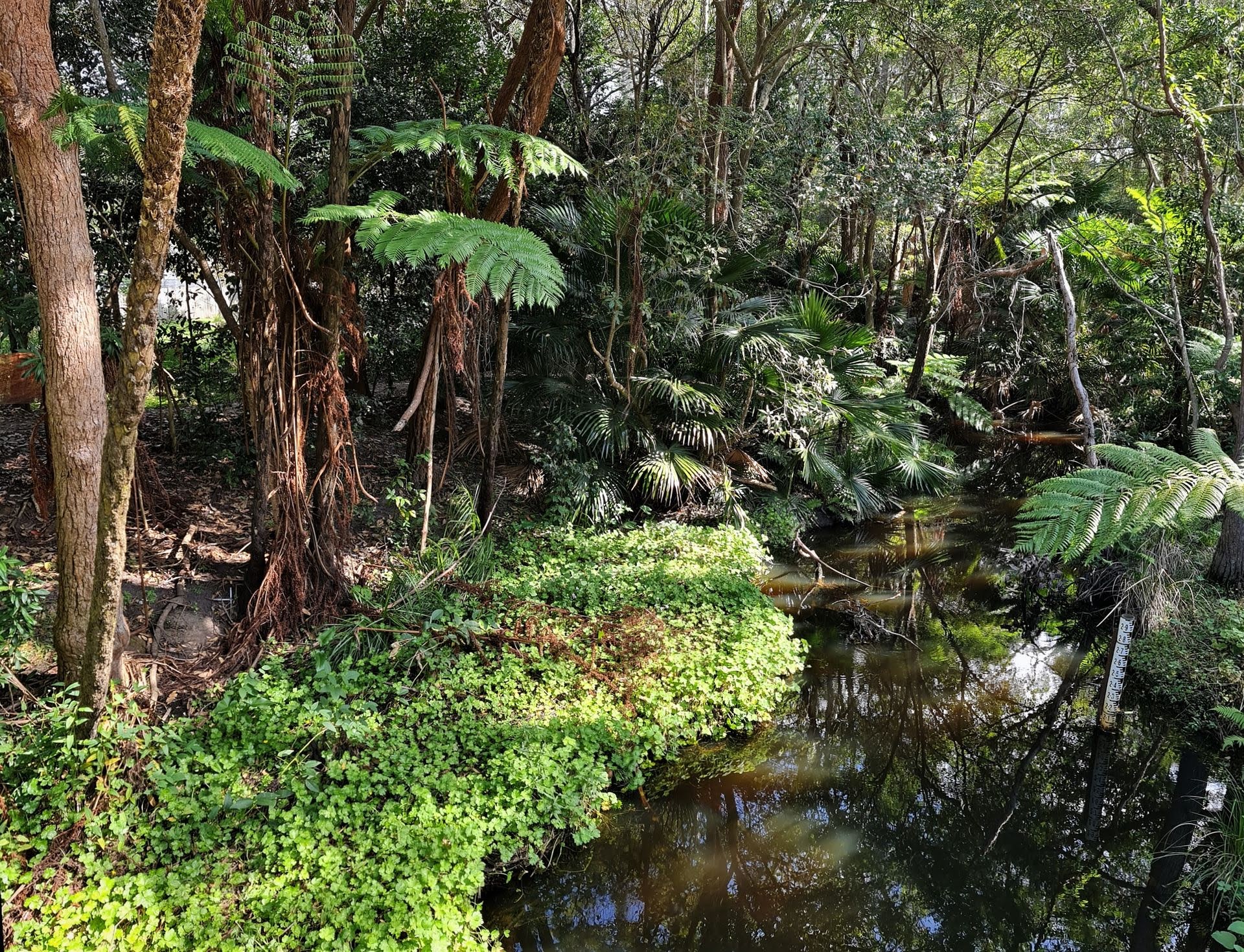
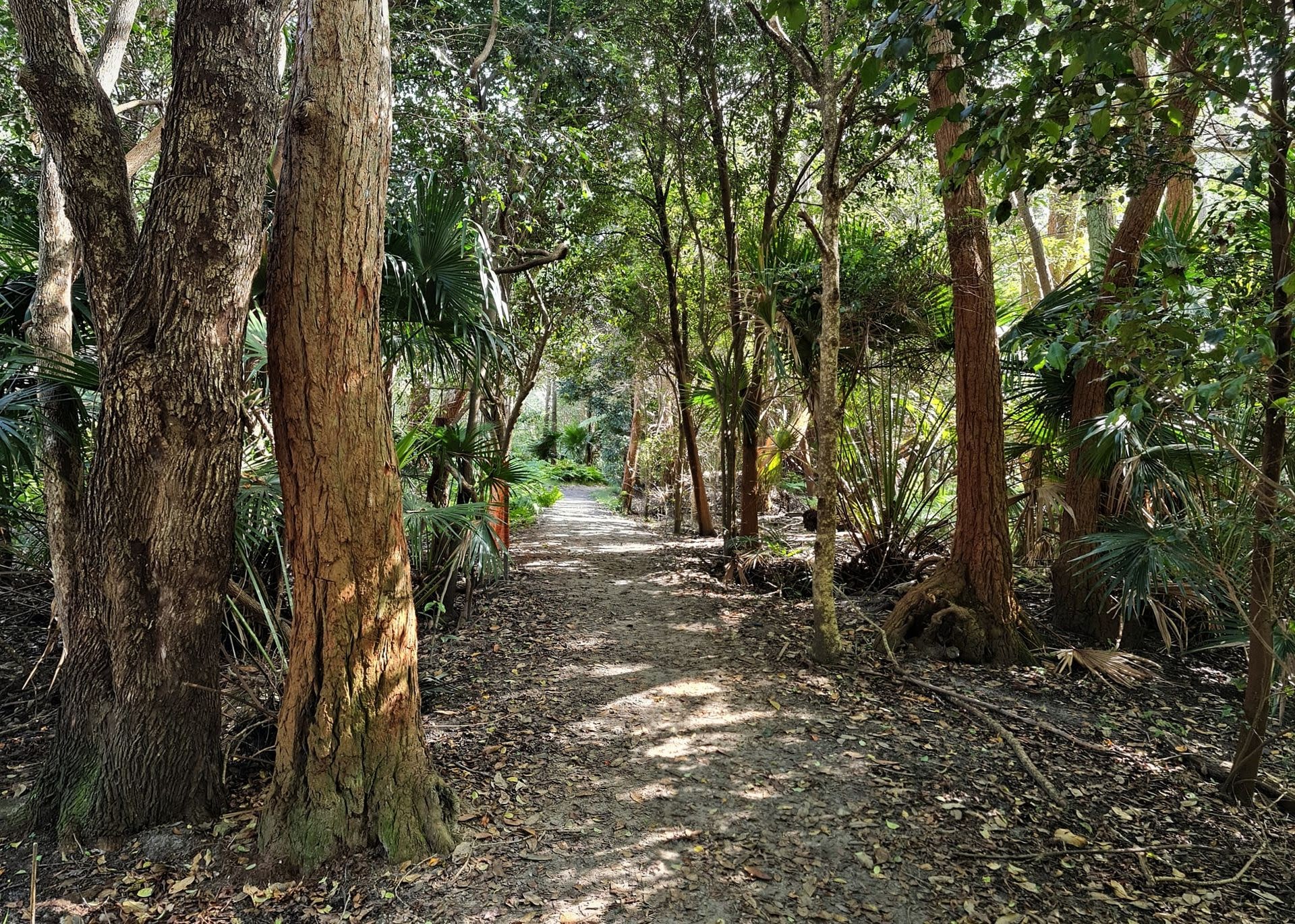
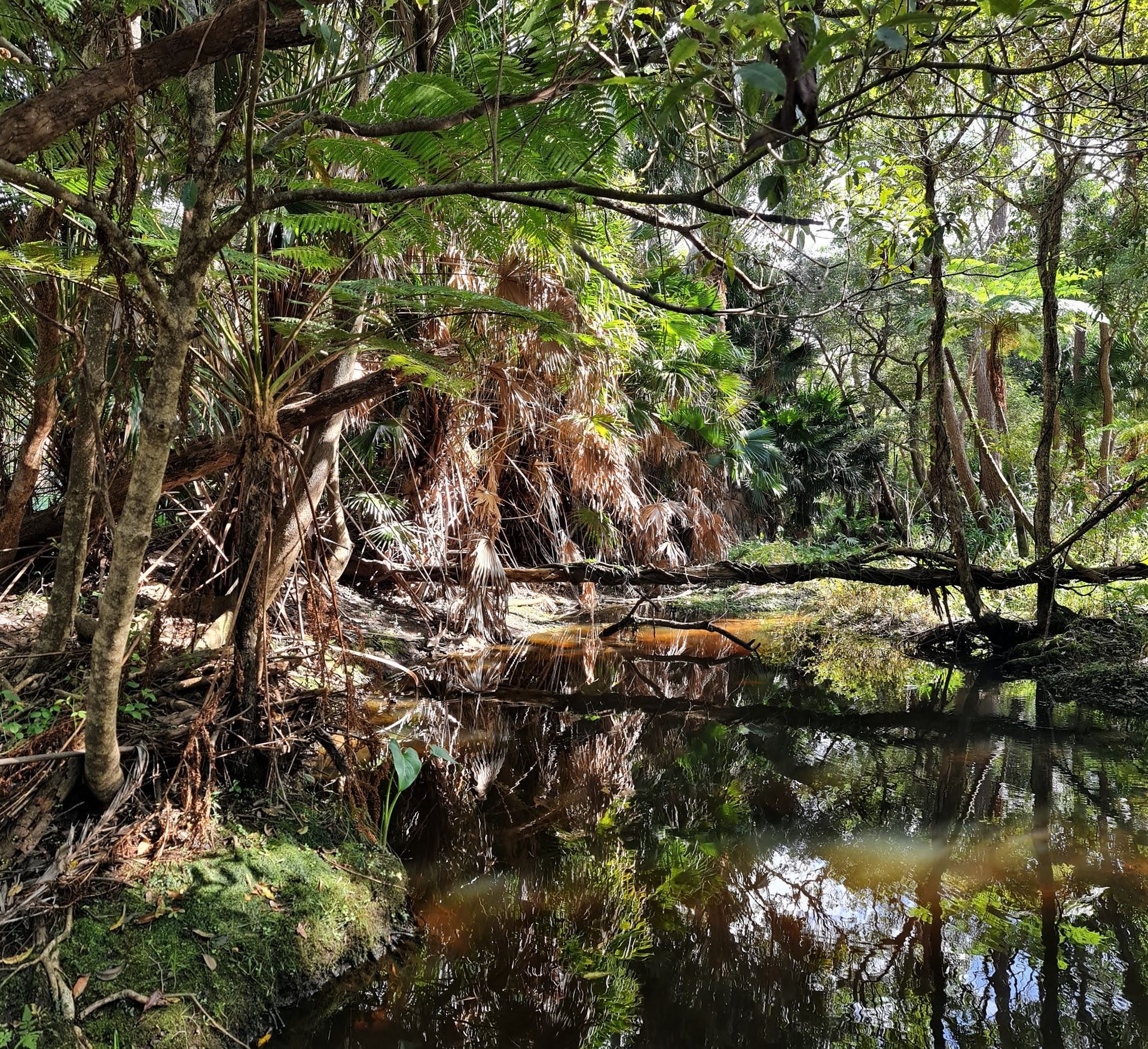
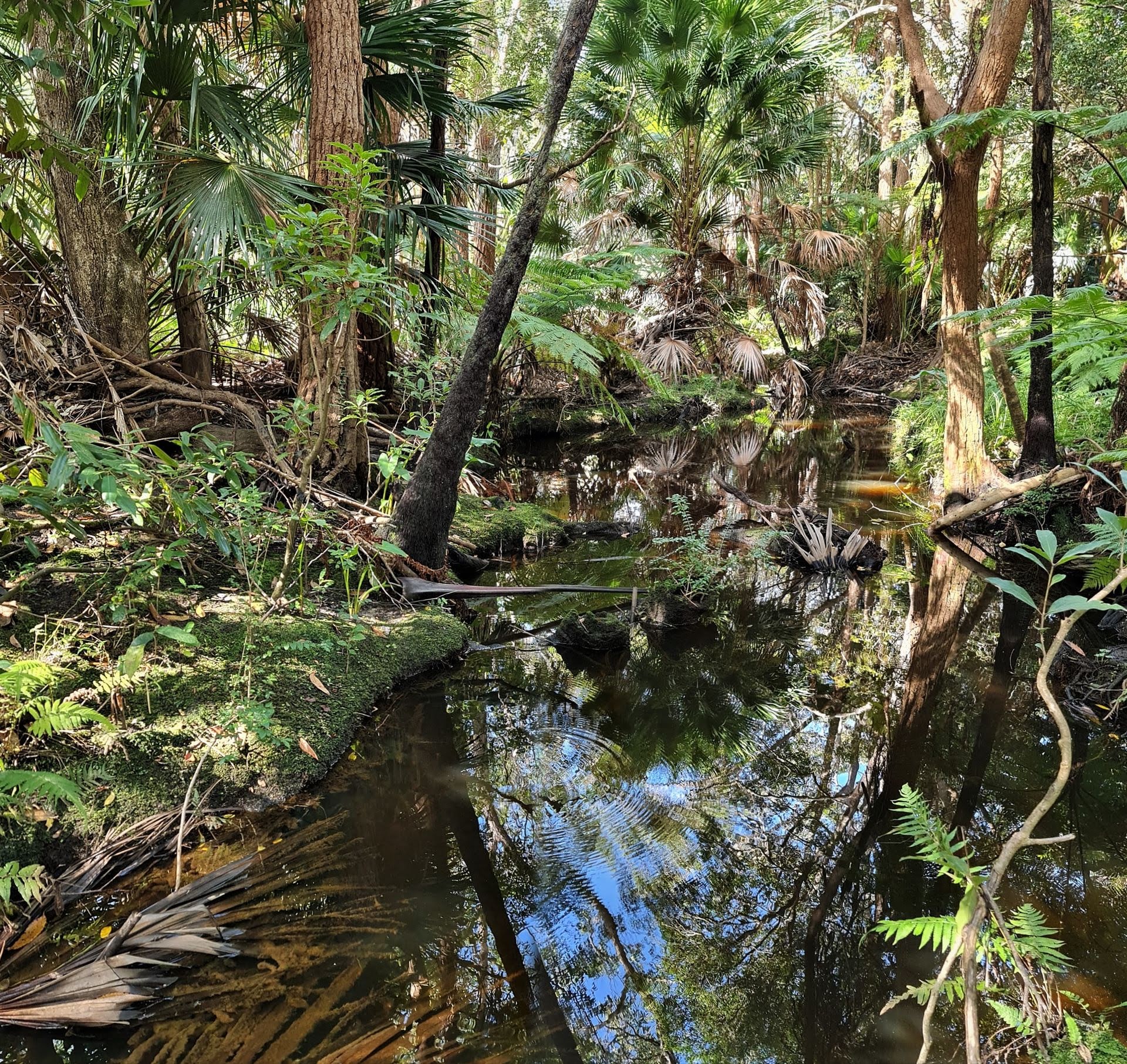
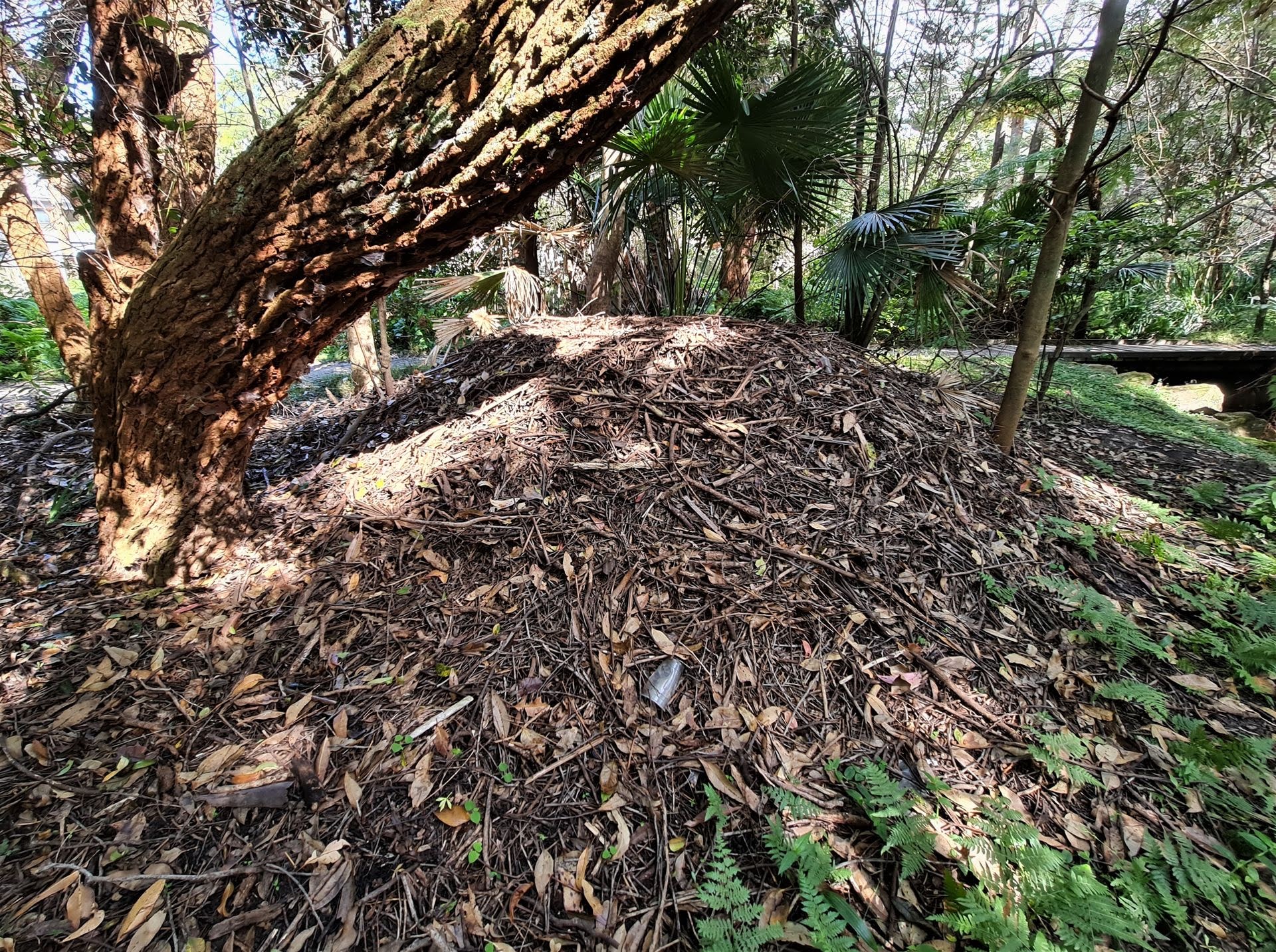
Bush turkey mound
